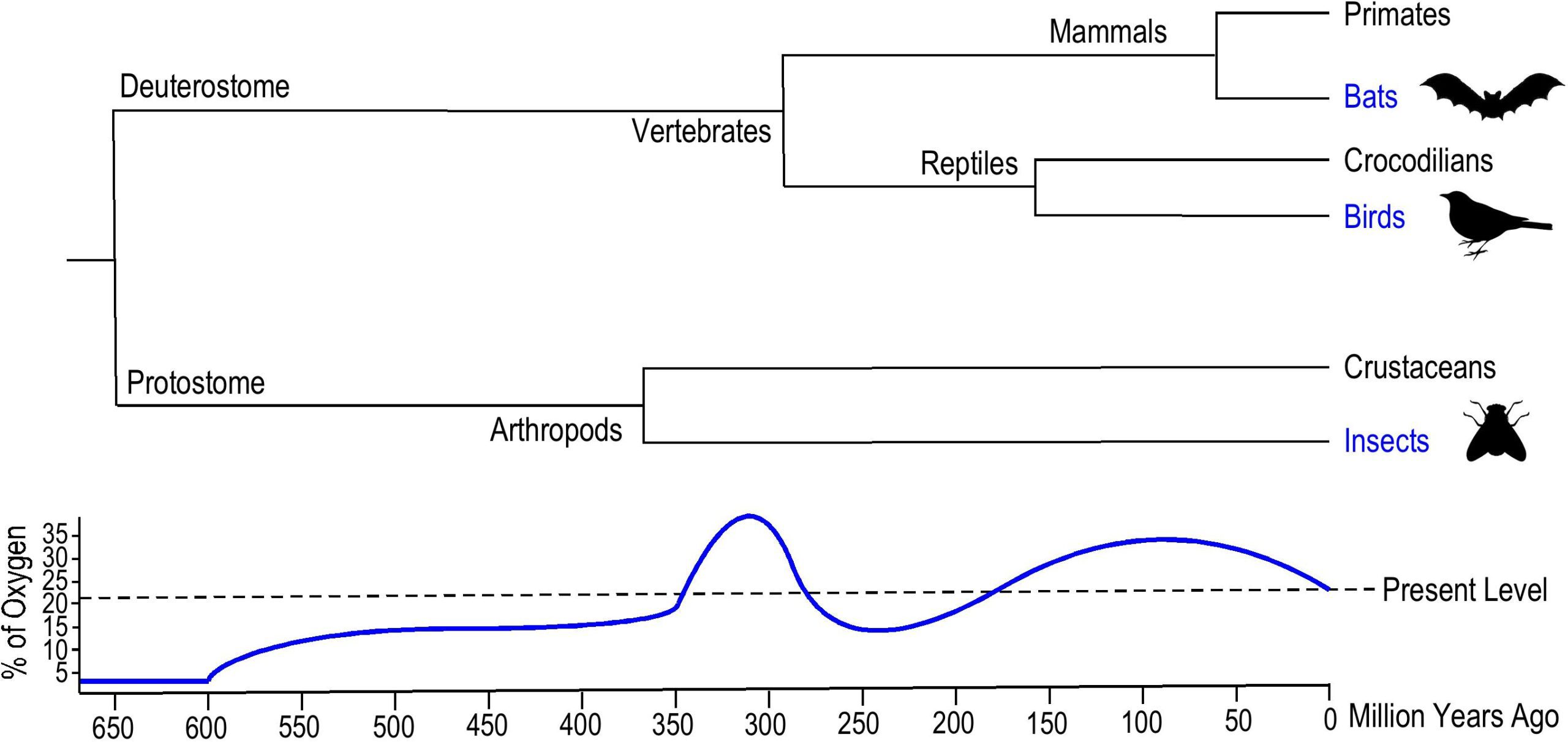The flight abilities of bats, birds, and insects are compared in this article. Bats have webbed wings, birds have feathers that can adjust their wings’ shape, and insects have thin wings with veins for support. Bats use a combination of flapping and gliding, birds usually use a continuous flapping motion, and insects have both flapping and gliding wings at a much higher rate. Peregrine Falcons are the fastest birds, bats can reach speeds of up to 60 mph, and some insects can fly at over 60 mph. Bats have exceptional night vision, birds and insects have good daytime vision, but struggle with low-light conditions.
Flying High: Bat vs. Bird vs. Insect
Introduction
For centuries, humans have been fascinated with creatures that can fly. Whether it’s the soaring of a bird, the fluttering of an insect, or the flapping of a bat, each has its unique way of navigating through the air. In this article, we’ll compare and contrast the flight abilities of bats, birds, and insects.
Wings
One of the most significant differences between these creatures is their wings. Bats have webbed wings made of a thin membrane stretched over elongated fingers. Birds have feathers that extend from their arms and can adjust their wings’ shape for different flight conditions. Insects have wings that are thin, light, and usually have veins that provide support for their wings.
Flight Style
Another difference between these creatures is how they fly. Bats use a combination of flapping and gliding to fly. Birds can also flap their wings, but they usually use a continuous flapping motion, which allows them to fly for longer periods. Insects, on the other hand, have both flapping and gliding wings, but they flap their wings at a much higher rate than birds or bats.
Speed
When it comes to speed, birds are the fastest of the three. Peregrine Falcons are the fastest birds, capable of diving at speeds of over 200 mph. Bats are slower but can reach speeds of up to 60 mph. Insects have an advantage in terms of their speed, with some species capable of flying at over 60 mph.
Agility
Agility is essential in flight, and each creature has its own unique abilities. Bats have exceptional agility, which allows them to perform complex aerial maneuvers. Birds are also highly agile and can change direction quickly while flying. Insects are the most agile of the three, with the ability to hover, fly backward, and change direction in mid-flight.
Night Vision
Bats have an advantage when it comes to night vision. Most bat species have excellent night vision, and some even use echolocation to navigate in complete darkness. Birds and insects both have good daytime vision, but they struggle when it comes to seeing in low-light conditions.
Conclusion
In conclusion, each of these creatures has unique abilities and adaptations that allow them to fly. Bats have webbed wings and exceptional night vision, birds have feathers and are the fastest of the three, and insects have thin, light wings and are the most agile. While they may differ in their flight styles, wings, and abilities, they all share the remarkable ability to soar through the air, captivating us with their remarkable aerial displays.
